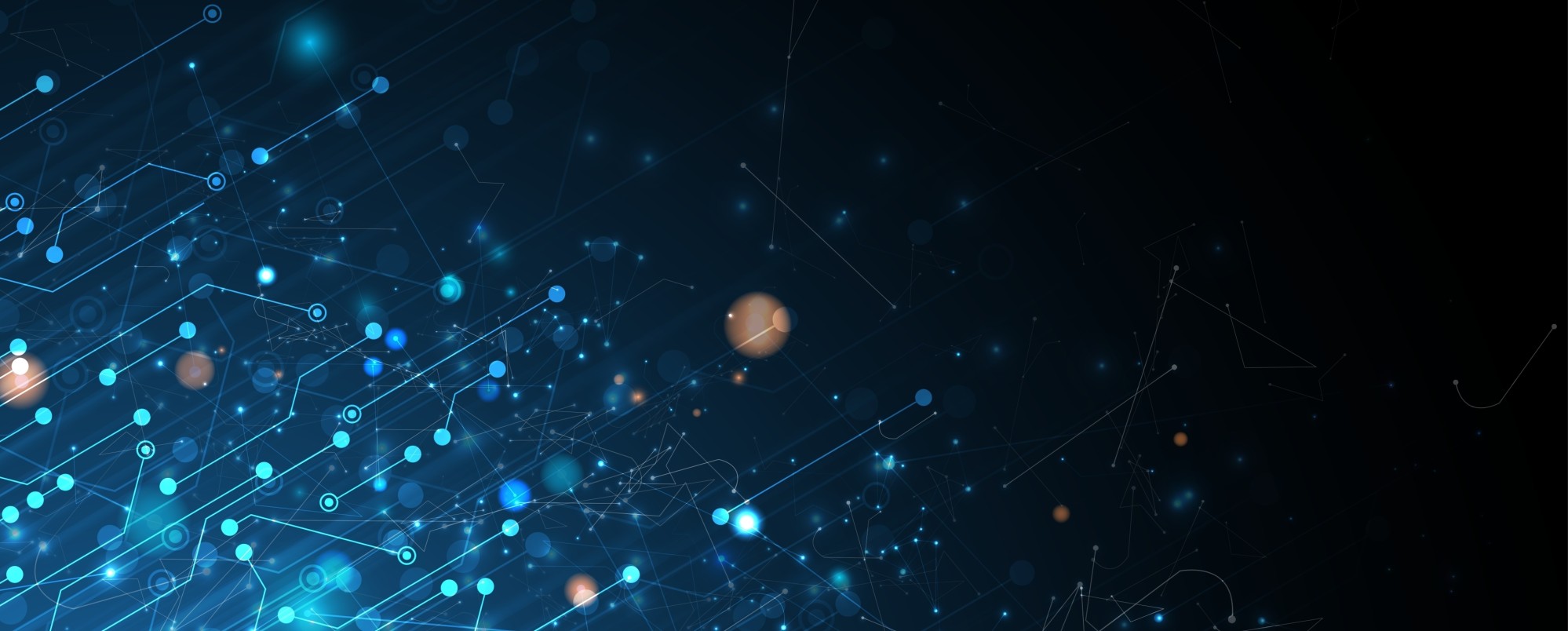
Chinese and Finnish team finds way to tune out the noise in quantum transfers
- The researchers reduced external interference to improve the quality of a process known as quantum teleportation
- Experiment opens ‘intriguing pathways’ for future research, with possible implications for computing or communications
A joint Chinese-Finnish team of physicists has performed an experiment that could have important applications for the transmission of quantum information in fields such as computing or communications.
The process, known as quantum teleportation, transfers the state of a quantum particle – or qubit – from one place to another without physically sending the particle itself.
The researchers have been working for years to overcome the problems caused by external noise and interference that can significantly reduce the quality of the teleportation.
The key to the approach is a quantum entanglement, a bizarre phenomenon in the world of quantum mechanics in which two or more particles are linked and always share a single quantum state, no matter how far apart they are in space.
The transfer the team was attempting requires various quantum resources, including entanglement between an additional pair of qubits.
In their latest study, the researchers – from the University of Science and Technology of China in Anhui province and their collaborators from the University of Turku in Finland – successfully tested an innovative method to overcome the problem.
The work is based on exploiting a hybrid entanglement between different degrees of freedom between photons, or particles of light, according to Li Chuanfeng, a co-author of the study from the Chinese university.
In quantum mechanics, degrees of freedom are determined by the number of quantum states that a system can occupy.

In their experiment, the researchers used the different degrees of freedom of photons to encode their quantum state and then engineered the correlations between the photons to create a hybrid entangled state.
“This allows for a significant change in how the noise influences the protocol, and as a matter of fact our discovery reverses the role of the noise from being harmful to being beneficial to teleportation,” Jyrki Piilo, a co-author of the study and a scientist at the University of Turku, said in a statement.
According to the study, published in the peer-reviewed journal Science Advances, the team teleported different quantum states with a fidelity – a measure of the quality of teleportation – which beat that achieved under classical physics.
“Theoretically, our method can completely eliminate decoherence – the loss of information from a system into the environment – in quantum teleportation,” said Liu Zhaodi, first author of the study, from the University of Science and Technology of China.
But he added that the method required a relatively controllable environment, such as one where the frequencies of the photons could be manipulated.
For example, if a quantum chip contained 100 qubits but only a few of them were actually used to perform a specific task and the others caused decoherence, their findings could minimise or even eliminate the decoherence of those extra qubits, he said.
The study opened “intriguing pathways” for future work to extend the approach, the Finnish university said.

